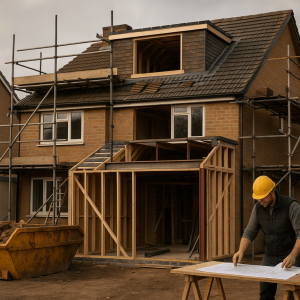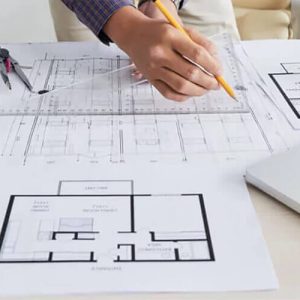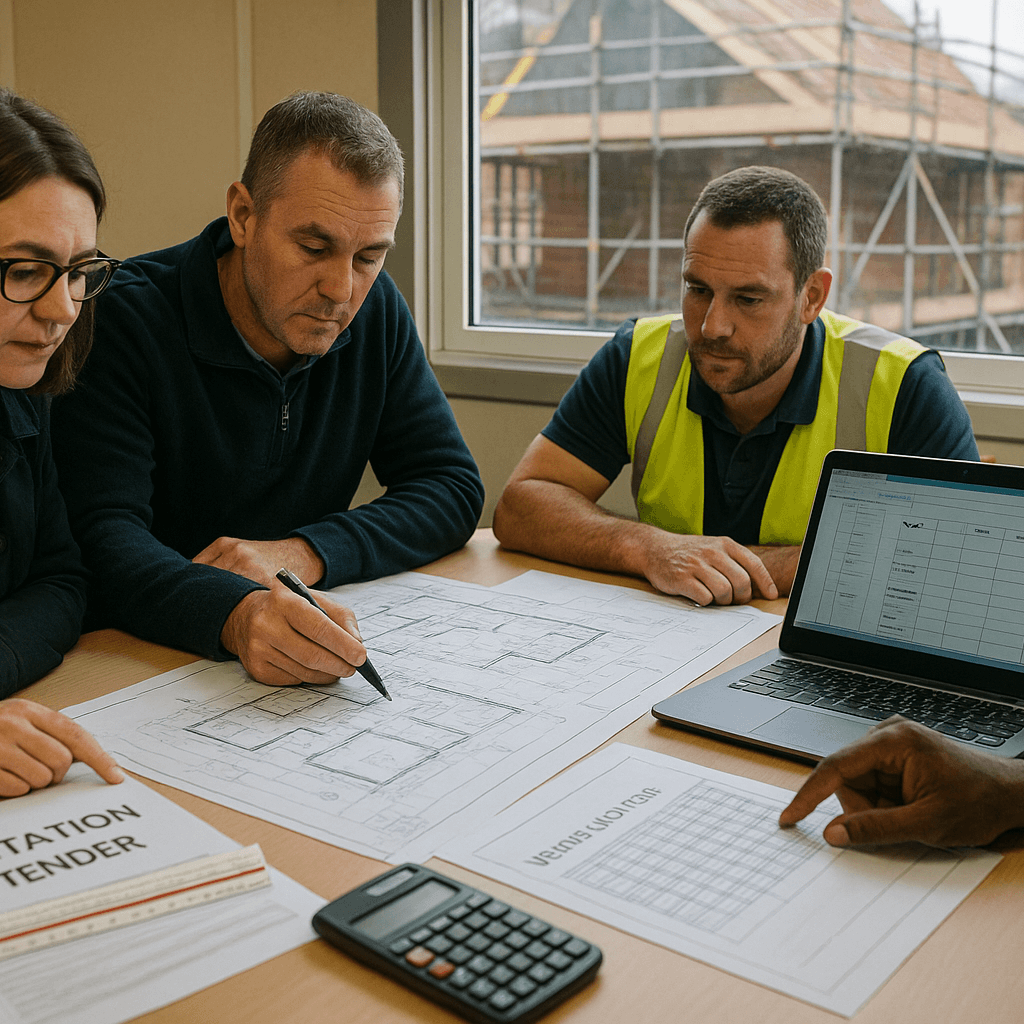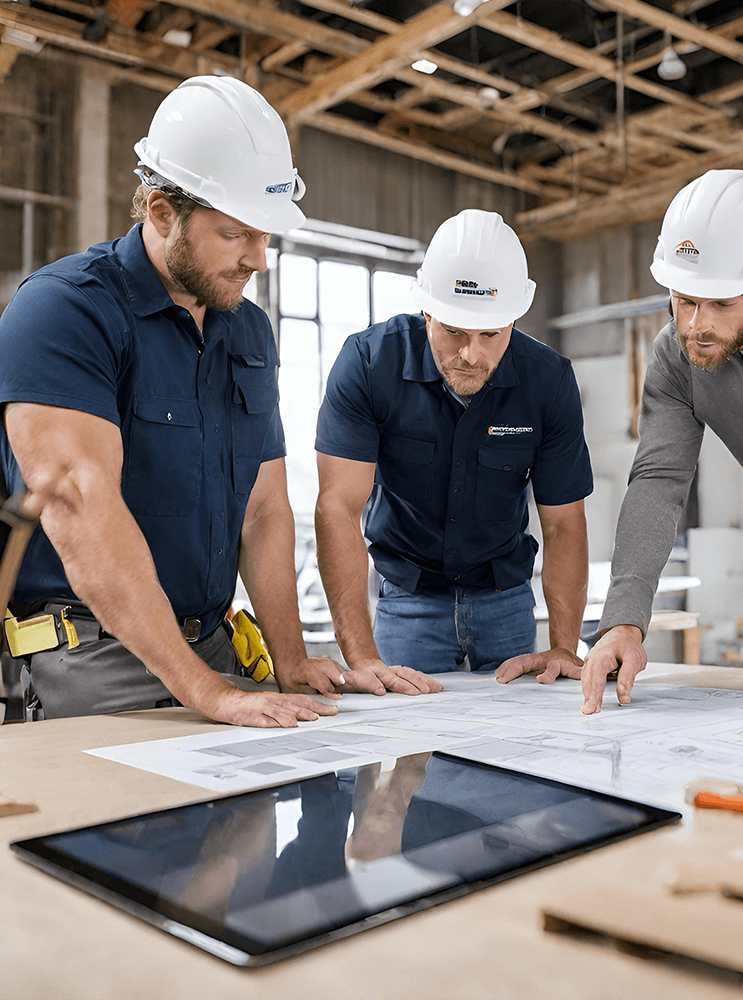If you’ve ever pondered how to intertwine sustainability with construction without sacrificing functionality or aesthetic appeal, this article is for you. Whether you’re actively planning a construction project or simply seeking to enhance your corporate environmental stewardship, these insights into eco-friendly building practices are designed to guide you toward a more sustainable future.
Why Embrace Green Building Techniques?
Why bother with green construction, you ask? Well, it’s not all about the warm glow of doing good (though that’s a significant perk). Adopting sustainable building methods can slash long-term operational costs, boost your business’s public image, and foster healthier living and working environments. Plus, combating climate first hand? That’s just responsible business.
The Foundation of Sustainable Construction
At its core, sustainable construction focuses on minimizing environmental impact. This is achieved through the use of renewable materials, enhancing energy efficiency, and implementing waste reduction strategies. Here’s what that looks like in practice:
- Eco-friendly materials: Utilise recycled steel, bamboo, reclaimed wood, and low-VOC paints.
- Energy efficiency: Incorporate superior insulation, energy-efficient windows, and solar panels.
- Waste reduction: Focus on reducing construction scrap and promoting recycling initiatives.
- Water conservation: Install low-flow fixtures and systems for rainwater collection.
- Healthier indoor environments: Ensure ample natural ventilation and use non-toxic building materials.
Strategising Your Eco-Friendly Project
Ready to go green? It begins with meticulous planning:
- Define your objectives: Are you aiming for reduced utility bills, a LEED certification, or perhaps enhanced indoor air quality?
- Select your squad: Gather a team proficient in green practices, from architects to builders.
- Detailed blueprinting: Lay out every phase, from materials to timelines and budget considerations.
- Location matters: Opt for a site that complements your sustainability goals, like areas with natural sunlight beneficial for solar panels.
Exploring Eco-Friendly Materials
Beyond conventional choices like concrete, several intriguing sustainable materials offer both functionality and flare:
- Bamboo: Fast-growing and sturdy, it’s ideal for structural components and decor.
- Recycled steel: Minimizes energy consumption and resource depletion.
- Reclaimed wood: Offers a visually striking option that curbs deforestation.
- Low-VOC products: Maintains high indoor air quality.
Maximising Energy Efficiency
Energy conservation is vital in sustainable building, delivering environmental and financial benefits:
- Insulation: Consider eco-friendly options like recycled denim or sheep’s wool to minimize energy wastes.
- Energy-efficient fenestration: Use double or triple-glazed windows to maintain moderate indoor climates efficiently.
- Renewable sources: Explore appropriate options like solar, wind, and geothermal energy.
- Smart systems: Implement advanced thermostats and lighting controls to optimize energy use.
Reducing Waste and Conserving Water
Effective waste management and water conservation are key components of sustainable construction:
- Prefabrication: Assemble components off-site for enhanced efficiency and reduced site waste.
- Recycling initiatives: Facilitate recycling of metal, concrete, and other materials.
- Deconstruction over demolition: Disassemble old structures thoughtfully to reuse materials.
- Water-efficient fixtures: Install technologies to reduce water usage without compromising functionality.
Ensuring Healthy Indoor Environments
Fostering a healthy indoor environment is crucial for building sustainability:
- Ventilation: Design spaces that encourage natural air flow and pollutant removal.
- Natural lighting: Maximize the use of daylight, reducing dependence on artificial sources.
The Role of Technology in Green Construction
Modern technology plays a pivotal role in optimising green building practices:
- Techniques like thermal imaging help detect energy inefficiencies, while tools such as BIM (Building Information Modeling) promote efficient material usage and waste reduction.
Conclusion
Sustainable construction isn’t merely an option; it’s the inevitable progression of the industry. Embracing these practices not only boosts efficiency and cost-savings but also aligns your business with broader environmental stewardship. Ready to embark on a greener building journey? Remember, it’s an investment in a cleaner, more sustainable future for everyone involved.
FAQs
- What are the initial steps to take when planning a sustainable construction project?
Begin by setting concrete goals, assembling a skilled green team, and meticulously planning each aspect of your project. - Can sustainable construction practices actually save money?
Absolutely! While some upfront costs may be higher, long-term savings on energy, water, and maintenance are significant. - Are there financial incentives for adopting green building practices?
Many regions offer tax benefits, rebates, and grants for sustainable building projects. It’s worth researching what’s available in your area. - How do eco-friendly materials benefit indoor air quality?
Materials like low-VOC paints and natural wood can drastically reduce the presence of harmful chemicals in the air. - What role does technology play in sustainable construction?
Advanced tools and systems enhance the efficiency of buildings, reduce waste, and facilitate the adoption of renewable energy sources.











